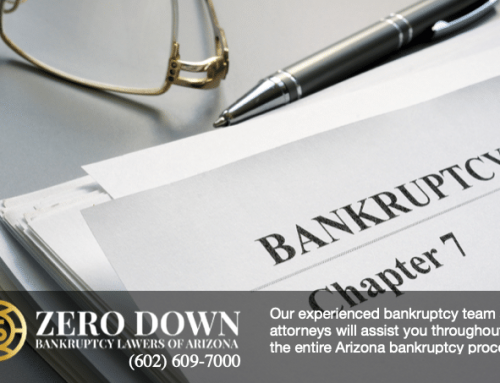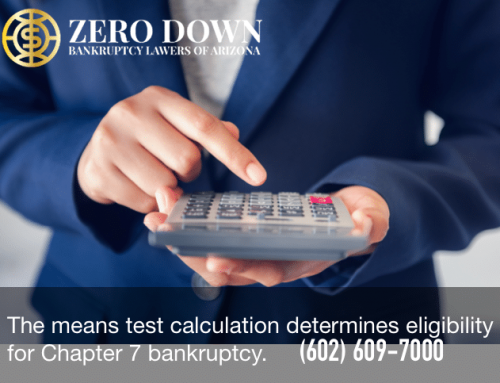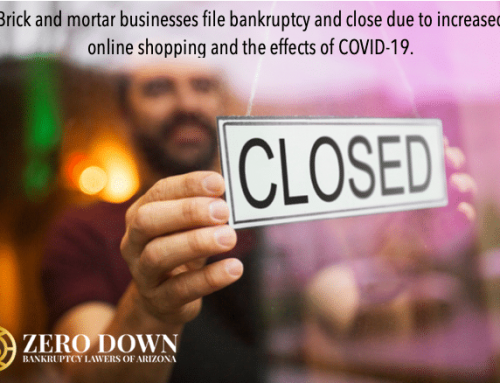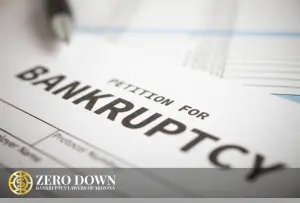
Schedule A/B- Property
Property is listed in two forms that are merged into one. Schedule A lists real property, or real estate. You will need to be able to list which type of interest you have in the property, and its value. Schedule B lists personal properties like vehicles, furniture, electronics, etc. Therefore, the bankruptcy filer needs to list all of their assets on these schedules. Plus, you will also need to include intangible assets like stocks and retirement accounts. If the trustee discovers undisclosed assets later down the line, the case could be dismissed or the filer could be charged with fraud.
Schedule C- Bankruptcy Exemptions
You will use the bankruptcy exemptions of the state you file your petition in, unless your state allows you to opt for the federal exemptions. Exemptions protect your assets from being included in the bankruptcy estate. Assets that are paid in full must be worth the exemption amount or less, and financed assets must have equal to or less equity than the exemption amount.
Schedule D- Secured Claims
When a debt is secured, that means one of your assets is collateral for the debt. For example, a mortgage is secured by your house, and your car loan is secured by your vehicle. However, if your vehicle is repossessed, any remaining balance is an unsecured debt, as you no longer have possession of the asset the debt was once secured to.
Schedule E/F- Unsecured Claims
Like the property forms, the unsecured claims forms are merged from two different parts. Schedule E lists priority claims, and Schedule F lists non-priority claims. Examples of priority claims include domestic obligations, i.e., child support and alimony, and some taxes. Non-priority claims include credit cards, medical bills, repossession deficiencies, personal loans, and more. In general in Chapter 7, priority claims will not be discharged but non-priority claims will. In filing Chapter 13 bankruptcy, generally priority debts must be paid in full in the plan, while some non-priority debtors may not be repaid in the plan.
Schedule G- Executory Contracts and Unexpired Leases
Common items that people have under contract that need to be listed here include leased vehicles, cell phones, and furniture. If you rent your home, you will list the terms of your lease and your landlord here. You will need to indicate on this form if you would like to exclude them from your creditor matrix. If you fail to do so, your landlord will receive a notification of your bankruptcy filing.
Schedule H- Co-debtors
When you file bankruptcy, anyone who has co-signed any of your loans needs to be notified. How they are affected will depend on if you file Chapter 7 Bankruptcy or Chapter 13. If you are married and live in a community property state, your spouse is likely a co-debtor on many of your debts.
Schedule I- Income
You will need to list detailed information about you and your spouse’s income in this section. This is in part so that the trustee can confirm that you qualify for the chapter under which you filed. This section is separate from the Means Test, which is officially calculated in the statement of financial affairs section of the petition.
Schedule J- Expenses
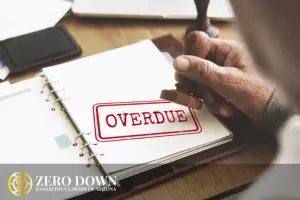
You will also need to include a statement of financial affairs in your bankruptcy petition, which is separate from the bankruptcy schedules. There may be additional forms required for your petition depending on the jurisdiction in which you file.
Some filers are able to proceed with their bankruptcy self-represented. However, the best way to ensure success is to trust your bankruptcy with an experienced professional. Our Arizona Zero Down Bankruptcy law firm offers competitive rates and payment plan options, so attorney representation may be more within your reach than you think. Contact our Phoenix Bankruptcy Attorneys today. The initial consultation is free, so call and schedule today (602) 609-7000.

